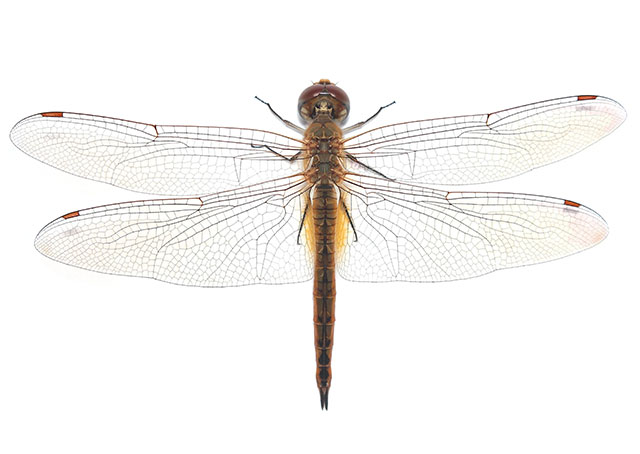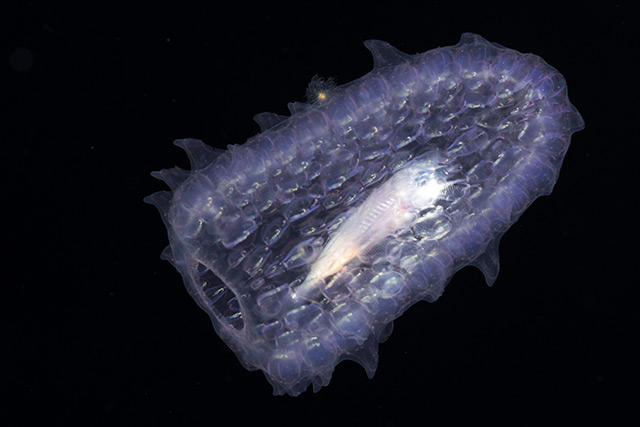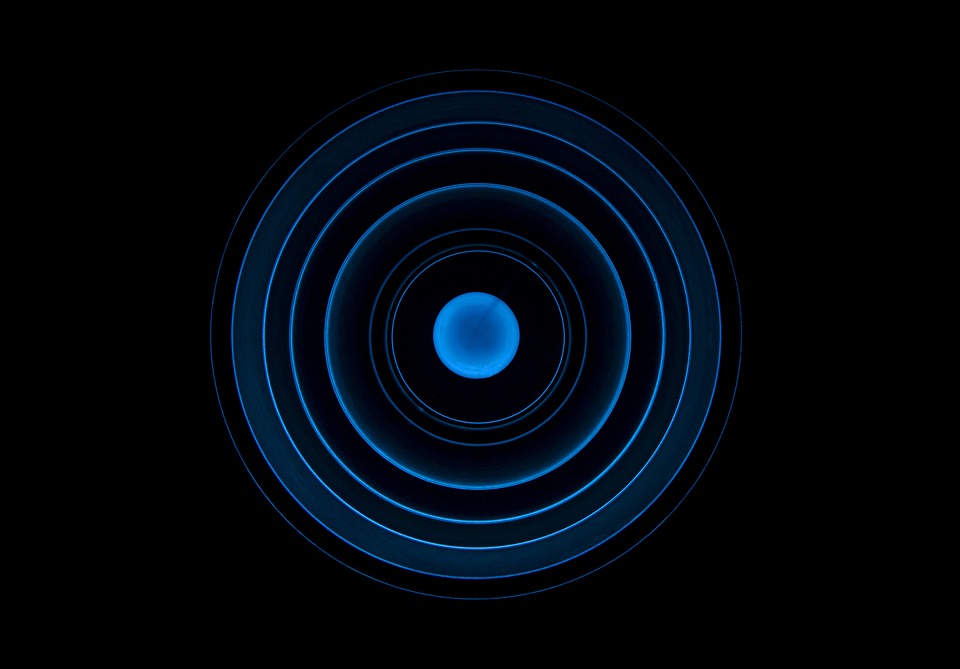What really lies in the center of the Milky Way galaxy? There are many theories attempting to answer that question, but it turns out that the real answer could be incredibly complicated. This is according to new astrophysics research that reveals there could be a large number of black holes present right around a known supermassive black hole in the galaxy’s center. This may lend credence to old theories about the universe and how it currently exists.
The decades-old theory goes that there are thousands of smaller black holes present in the surrounding area of the supermassive black holes (SMBHs) residing in the center of huge galaxies. In the case of the Milky Way galaxy, there is an SMBH called Sagittarius A (Sgr A), and it is said to be surrounded by dozens upon dozens of smaller black holes that are also near the center of the galaxy.
According to Chuck Hailey, a Columbia Astrophysicist, co-director of the Columbia Astrophysics Lab and the lead author on the study, the findings of their new research offer a new source of knowledge and information on the way that black holes interact with one another. “Everything you’d ever want to learn about the way the big black holes interact with little black holes, you can learn by studying this distribution,” he explained. “The Milky Way is really the only galaxy we have where we can study how supermassive black holes interact with little ones because we simply can’t see their interactions in other galaxies.”
“In a sense,” he added, “this is the only laboratory we have to study this phenomenon.” (Related: Intelligent life across the Milky Way – why 200 billion stars can’t be lifeless.)
Currently, there are just about five dozen known black holes in the whole Milky Way galaxy, which is 100,000 light-years wide, but the research findings show that there could be somewhere between 10,000 and 20,000 of them contained in a much smaller region that measures just six light-years wide. And no one has been able to find them, according to Hailey. He also added that “extensive fruitless searches” have been conducted around Sgr A, but that there hasn’t been much credible evidence.
The thing that makes studying black holes so difficult is the fact that they don’t produce any huge bursts of energy like neutron stars, said Hailey. Otherwise, trying to understand how they work would be a lot easier. For that reason, the research team had to come up with a new way of looking at them and studying them. “Isolated, unmated black holes are just black – they don’t do anything. So looking for isolated black holes is not a smart way to find them either,” he explained. “But when black holes mate with a low mass star, the marriage emits X-ray bursts that are weaker, but consistent and detectable.” This is the kind of opportunity that the researchers are looking to pounce on to conduct their scientific research.
To test their method, Hailey and his colleagues used archival data from the Chandra X-ray Observatory. They looked for X-ray signatures of black hole-low mass binaries in inactive states and succeeded in finding a total of 12 within a space of just three light-years of Sgr A. Then they analyzed the properties as well as the spatial distribution of the binary systems they identified, and ended up extrapolating that there could be anywhere from 300 to 500 black hole-low mass binaries, and up to 10,000 isolated black holes in the area surrounding Sgr A.
In Hailey’s view, their findings here could significantly advance research on gravitational waves because having an idea of how many black holes there are in the center of a typical galaxy can help in predicting exactly how many gravitational wave events occur because of them. “All the information astrophysicists need is at the center of the galaxy,” he said. And so that is where they’re looking.
Read more about black holes in Space.news.
Sources include:
ScienceDaily.com
Nature.com




















